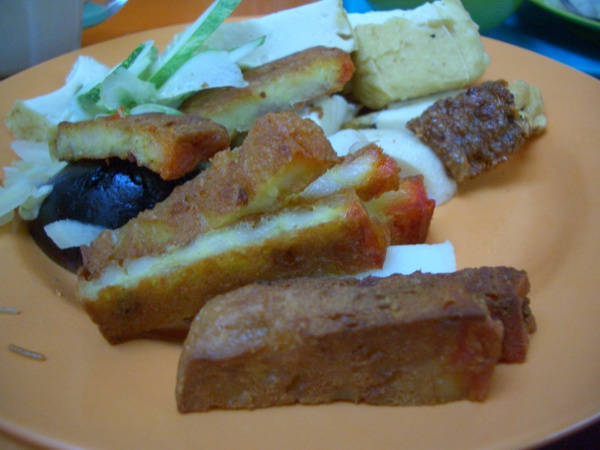Facts About Ngo hiang
Ngo hiang, also known as heh gerng or lor bak, is a delectable dish with origins in Hokkien and Teochew cuisines. This savory delight has captured hearts across Indonesia, Malaysia, the Philippines, Singapore, Thailand, and its native eastern China.
At its essence, ngo hiang is a sausage-like roll made from minced pork and prawns, seasoned with aromatic five-spice powder, and wrapped in beancurd skin before being deep-fried to perfection. But that's not all! The dish often incorporates a variety of delectable ingredients such as lup cheong (Chinese sausage), cucumber, century egg, ginger, deep-fried egg, beancurd, and fishballs. It’s typically served with a spicy chili sauce and a sweet dipping sauce.
In Singapore, ngo hiang is a popular choice for breakfast or lunch, often enjoyed alongside fried bee hoon. Indonesians, on the other hand, love pairing it with sambal sauce for an extra kick.
When Hokkien migrants introduced ngo hiang to the Philippines, it became known as kikiam. The Cebu variant, known as ngohiong, features lumpia wrappers instead of beancurd skin, giving it a unique twist. Interestingly, in the Philippines, there's also a street food dish sometimes referred to as kikiam or tempura, which is an elongated version of fishballs but made from pork instead of fish.
Whether you're in Southeast Asia or China, ngo hiang is a dish that’s sure to tantalize your taste buds with its rich flavors and diverse textures.

 Malaysia
Malaysia